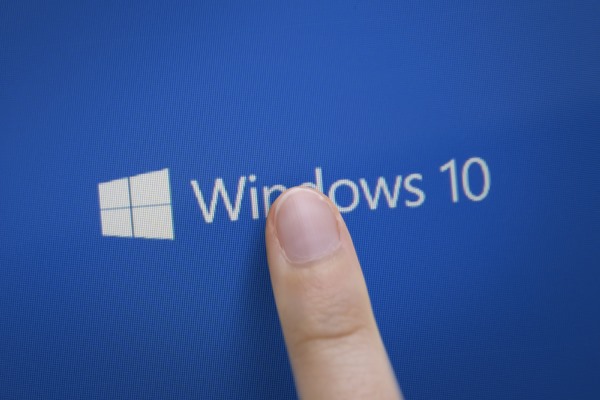
The arrival of Windows 10 is a significant step forward for the Windows platform, further unifying the desktop, laptop, tablet and smartphone ecosystem and implementing another significant change to the Windows user interface.
Many are already looking at Windows 10 as a refined and bug-fixed migration alternative to Windows 8. Business interest in deploying the new system is high -- particularly as Windows 10 is a free update for many existing PCs. However, free or not, a badly planned and executed Windows 10 migration in the workplace has the potential for substantial disruption.
What are the minimum activities that businesses should undertake before deploying Windows 10? Consider the following:
- Clearly communicate to staff that they should not upgrade any company PC to Windows 10 themselves, even if they see a genuine pop-up from Microsoft inviting them to do so. It is critical that any updates to existing PCs is overseen by IT.
- Audit the IT estate to see exactly what systems are in use and where, and to understand what hardware is currently in use. Doing this will help with identifying Windows 10 drivers for existing hardware, checking compatibility of existing desktops and laptops, and identifying any particularly old systems that need replacement rather than a software update.
- Categorize all existing software applications by their mission critical nature. Check whether they will be compatible with Windows 10 as-is, or after an available update. If a piece of software is not Windows 10 compatible and never will be (for example, legacy bespoke software that is no longer supported), confirm what the latest OS version is that it will run on, and whether it can be run in a virtual machine environment.
- Where applications won’t work with Windows 10 directly, consider creating a virtual machine environment running the most recent OS that the software will work on. This will enable you to dispose of legacy hardware, deploy Windows 10, but retain key unsupported software systems in a way that isolates it from other systems and software. Test the operation of such software in a VM rigorously before decommissioning working physical systems.
- Where possible, create a testing environment for the most common desktop configurations in use in the company, to ensure hardware compatibility with Windows 10 before deploying into live environments. Ensure applications, drivers, accessories and network devices continue to function as expected. This also applies where Windows 10 will be deployed on brand new hardware. Lab test an example configuration first.
- Stagger the deployment, just in case something goes wrong. Minimise the number of machines that will need rolling back in the event of a failed deployment or undiscovered compatibility issue presenting. Also avoid deploying during normal business hours if possible.
- Once deployed, keep on top of software updates and bug fixes to drivers. Windows Update will only look after Microsoft’s own updates, so consider deploying an automated patch management solution. This will help with gathering, deploying and managing drivers and other software updates during and after a Windows 10 deployment. In the first year after deployment, driver and application updates are likely to be frequent as glitches and compatibility issues manifest and are reported.
Maintaining a discontinued operating system (OS) is akin to keeping an old car on the road -- the supply of service parts eventually dries up as manufacturers focus on supporting more recent incarnations. Even recent versions such as Windows 7 is starting to be left behind by software and driver developers.
With this in mind, moving to the latest OS for free makes solid business sense. Just remember to gather all the data about the IT estate first and ensure compatibility, otherwise a free update can quickly turn into a costly and time-consuming one.
Sergio Galindo, general manager of GFI Software.
Published under license from ITProPortal.com, a Net Communities Ltd Publication. All rights reserved.
Photo credit: Anton Watman / Shutterstock

